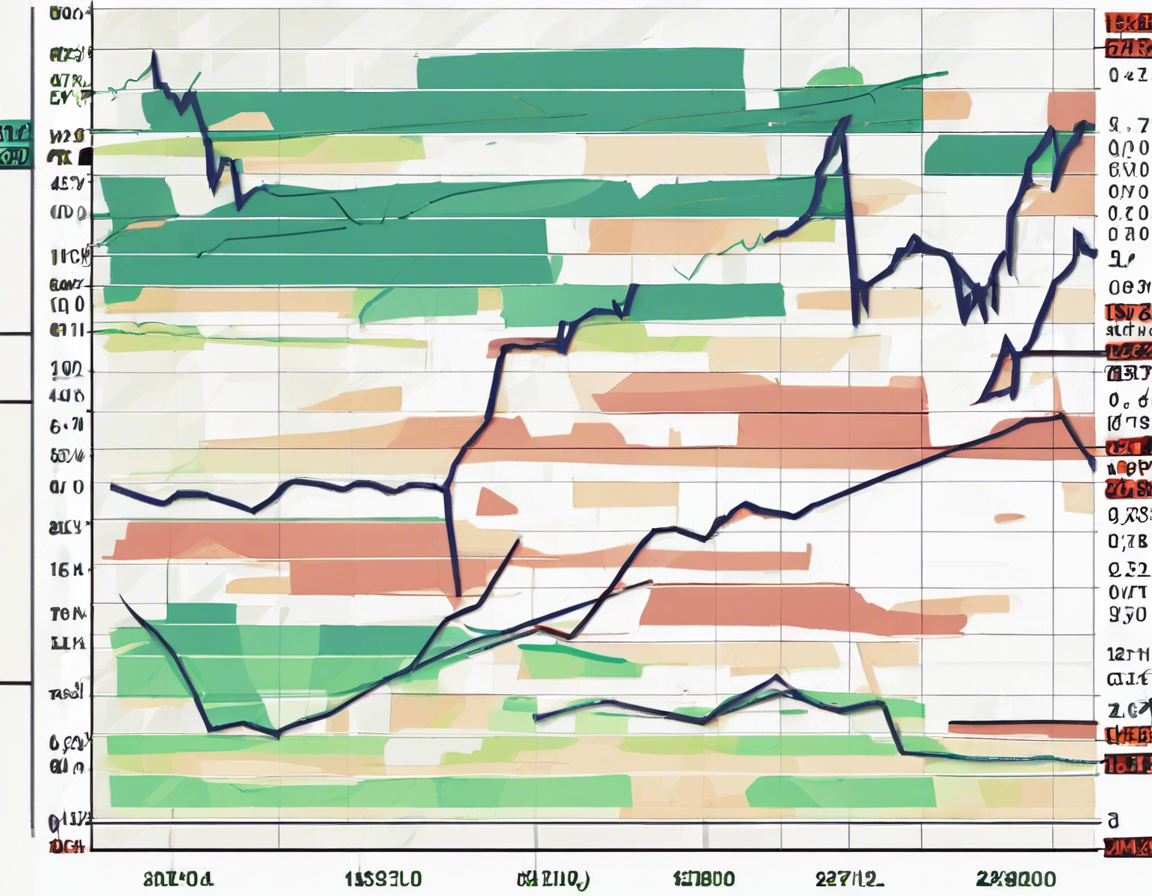Unlock the Secrets of Nifty Chart Patterns – A Comprehensive Guide

Understanding nifty chart patterns is crucial for successful and profitable trading. These patterns are formations that occur on a stock’s price chart, providing valuable insights into future price movements. By recognizing these patterns, traders can make informed decisions to buy or sell stocks at the right time. In this guide, we will delve deep into various nifty chart patterns, their significance, and how traders can use them to their advantage.
Introduction to Nifty Chart Patterns
Nifty chart patterns are visual representations of price movements over a specific period. These patterns can help traders identify potential entry and exit points, as well as determine the overall trend of a stock. Understanding these patterns requires a keen eye for detail and an in-depth knowledge of technical analysis.
Common Nifty Chart Patterns
1. Head and Shoulders Pattern
The head and shoulders pattern is a trend reversal pattern that signifies a potential change in the direction of a stock’s price movement. It consists of three peaks – a higher peak (head) in the middle, flanked by two lower peaks (shoulders) on either side. Traders often look for a break below the neckline of this pattern to confirm a bearish trend reversal.
2. Double Top and Double Bottom
The double top pattern is a bearish reversal pattern that occurs after an uptrend, signaling a potential trend reversal. Conversely, the double bottom pattern is a bullish reversal pattern that occurs after a downtrend, indicating a potential trend reversal. Traders often wait for a breakout above the neckline to confirm these patterns.
3. Ascending and Descending Triangles
Ascending triangles are bullish continuation patterns characterized by a flat top trendline and a rising bottom trendline. On the other hand, descending triangles are bearish continuation patterns with a flat bottom trendline and a descending top trendline. Traders often anticipate a breakout in the direction of the prevailing trend with these patterns.
Importance of Nifty Chart Patterns
Recognizing and understanding nifty chart patterns is essential for traders looking to improve their trading strategies. These patterns provide valuable information about market sentiment, supply and demand dynamics, and potential price movements. By incorporating nifty chart patterns into their analysis, traders can enhance their decision-making process and increase their chances of making profitable trades.
Tips for Trading Nifty Chart Patterns
-
Confirm the Pattern: Always wait for the pattern to be confirmed before making trading decisions. A breakout or breakdown from the pattern’s neckline or trendlines can confirm the pattern.
-
Set Stop-loss Orders: It is important to set stop-loss orders to manage risk effectively. Placing stop-loss orders just below the neckline or trendline can help traders limit potential losses.
-
Consider Volume: Volume can provide additional confirmation of a pattern. A breakout accompanied by high volume is more likely to be sustained than a breakout with low volume.
-
Combine with Other Indicators: Use nifty chart patterns in conjunction with other technical indicators, such as moving averages, RSI, or MACD, to validate trading signals and improve accuracy.
Frequently Asked Questions (FAQs)
- How do I identify nifty chart patterns on a price chart?
-
Nifty chart patterns can be identified by observing the formation of specific shapes and trendlines on a stock’s price chart.
-
Are nifty chart patterns reliable for trading decisions?
-
While no trading strategy is foolproof, nifty chart patterns can provide valuable insights for making informed trading decisions.
-
Can nifty chart patterns be used for short-term trading?
-
Yes, nifty chart patterns can be effective for short-term trading, as they often indicate potential price movements in the near future.
-
What is the significance of the neckline in nifty chart patterns?
-
The neckline in nifty chart patterns acts as a key level of support or resistance, and a breakout above or below this level can confirm the pattern.
-
Do nifty chart patterns work the same way for all stocks?
- While nifty chart patterns follow similar principles, they may vary in effectiveness depending on the stock’s liquidity, volatility, and overall market conditions.
In conclusion, mastering the art of nifty chart patterns is a valuable skill for traders seeking to enhance their technical analysis capabilities. By studying and recognizing these patterns, traders can gain valuable insights into market trends, identify potential trading opportunities, and make more informed decisions. Remember to combine nifty chart patterns with other technical indicators and risk management strategies to optimize your trading performance. Happy trading!
